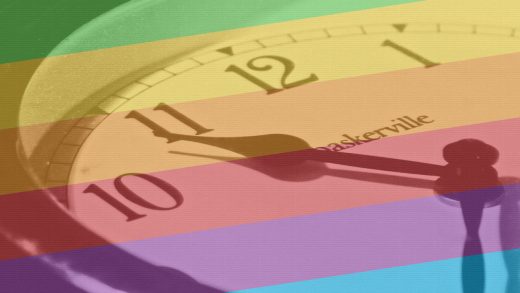Apple Watch 2: All About The Device Apple Will Show Us
After Apple engineers spent countless hours reworking both the hardware and software for the Apple Watch, we’re finally going to see the fruits of their labor. The company tomorrow will unveil the first look at the Apple Watch 2, running on the watchOS 3 operating system.
Some estimates say the first Apple Watch sold as many as 15 million units during its first year on the market—more than the first iPhone sold back in 2007. While that figure doesn’t mean the device is on track to be a hit of iPhone proportions, it does indicate that consumers are open to the idea of an Apple smartwatch.
Apple, of course, is thinking long-term about what it might take to make the Watch a must-have, can’t-leave-home-without gadget. But in this second major version of the device, it seems to be focusing mainly on fixing the problems in the first version.
The New Watch
By most accounts, the Apple Watch 2 will have a faster processor, a GPS radio (for tracking runs and enabling enhanced map functions), a barometer (to measure elevation climbed), and some kind of waterproofing rating (you may be able to swim with your Watch on).
The current Apple Watch comes in two sizes—42mm and 38mm—and it’s pretty likely that the Apple Watch 2 will come in those same sizes, too.
Many first-generation Watch users have complained about having to charge the battery in the device every night. But those hoping for a lot more battery life might be disappointed. It’s true that Apple will probably put a better (if not bigger) battery in the Watch 2, and that the Watch will probably become more power efficient overall, but the addition of the GPS radio, a power-sucker, might cancel out those gains.
The battery is perhaps the greatest limiting factor for smartwatches today. New features increase the amount of power required from the battery. And the bigger the power requirement, the larger the battery must be. This presents a serious design challenge to Apple, which loves to keep making products that are thinner and smaller.
Notably absent from the new Watch 2 is an cellular LTE radio, which would allow the device to stay connected to the internet virtually all the time. It would also make the Watch almost completely independent of the paired smartphone. But that’s probably the vision for the Apple Watch 3, likely coming next year.
WatchOS 3 In Action
The Apple Watch 2 will also ship with a new brain. Apple announced watchOS 3 at its Worldwide Developers Conference (WWDC) in June.
Perhaps the biggest change in the OS is that it can now let you launch several apps at once and keep them running in the background for when you need them next. In the current Watch you have to fire up apps one at a time, so moving between apps feels laborious. In watchOS 3 your open apps live in a little tray in the interface, and you simply grab the one you need next. It’s a huge improvement and it makes the Watch feel more responsive to your immediate needs.
Apple has called the Watch the most personal of all its devices, and it makes good on that statement with the new Breath app for the Watch. The app takes you through some deep-breathing exercises and keeps you focused using gentle taps (from the haptic feedback engine) on your wrist. Your heart rate is measured by a heart-rate sensor in contact with your skin.
The OS also allows the Watch to act as your authentication device for your other Apple devices, such as a Mac. Using its sensors, the Watch can verify that the person wearing it is logged in. When that information is shared with a Mac, there’s no reason that the user can’t be securely logged into it, too. Apple is setting up the Watch to be a universal personal identifier. In the future, it may be used for many more things than just logging into a Mac.
The communications functions are much enhanced. You can send messages with custom backgrounds or with stickers attached. There’s a Snapchat-like ephemeral messaging function with “invisible ink” for really personal messages. There’s a new communication mode called Scribble that lets you trace letters on the Watch screen, which the OS turns into text. Once you’ve scribbled one letter, it fades away, giving you room to write the next one.
The new OS includes an upgrade to the Exercise app. You can use your exercise progress circles as your watch face, which should make wearers feel even more mindful (guilty) about their activity levels. The Watch can now use its sensors to know when you need to pause a workout in progress, such as when you’re waiting at a stoplight or are just taking a breather. There’s now a social aspect to the exercise app that lets you share your steps and workouts with friends. You can compete with friends on steps walked or miles run. Some canned messages, like “You’re going down!” even let you talk a little trash with just a couple of touches on the screen.
The new OS also adds a personal safety tool with the new SOS feature. When you press and hold the side button (which had been previously reserved for calling up social contacts), the Watch puts out a call to emergency services no matter where you are, Apple says. It can also call a preselected set of emergency contacts.
While we’re not expecting any great surprises in the Watch hardware we see at Apple’s press event Wednesday, we may see some brand new watchOS features we don’t know about yet. So stay tuned.
Fast Company , Read Full Story
(11)



